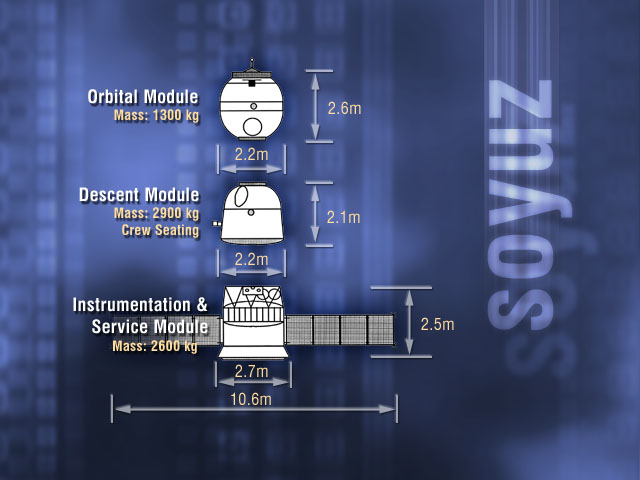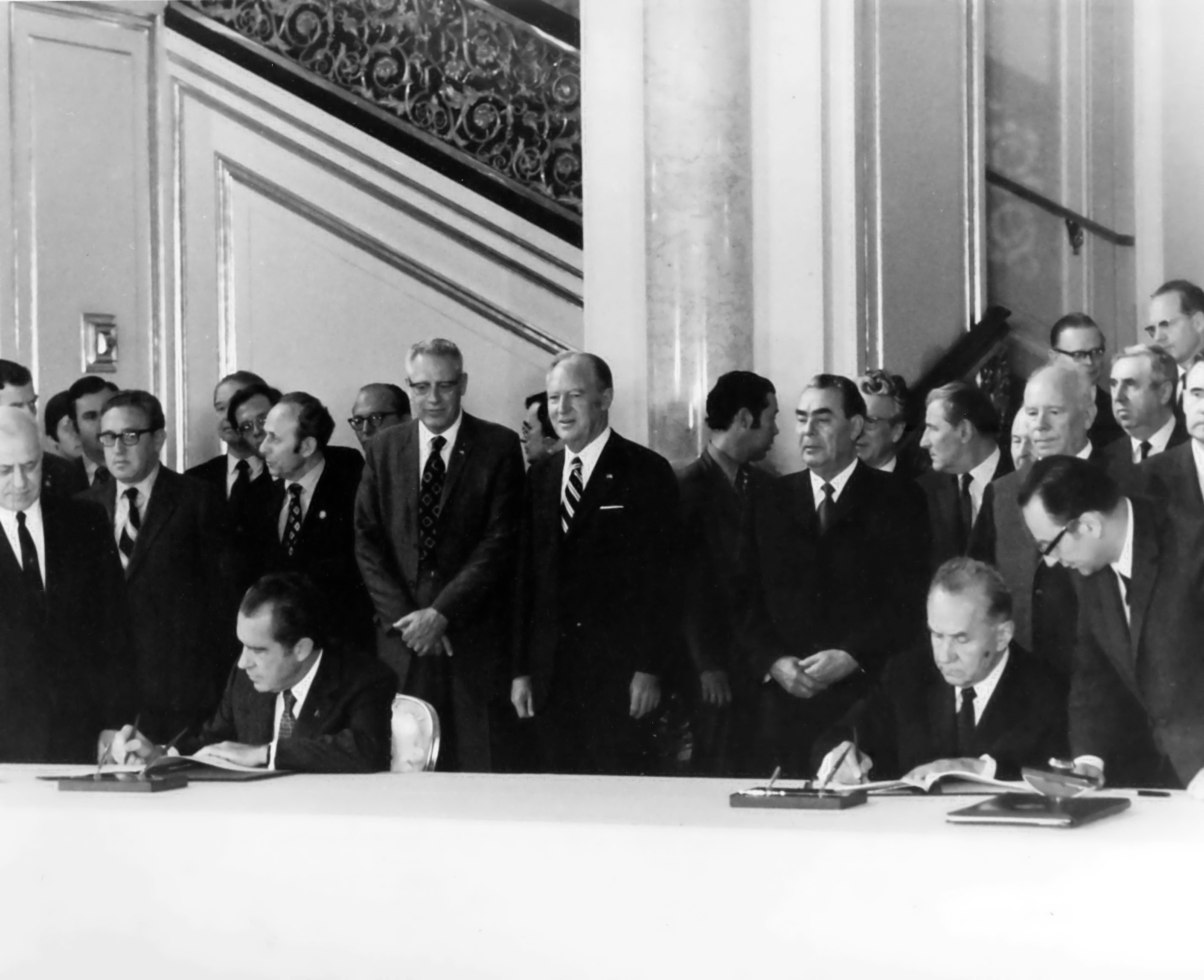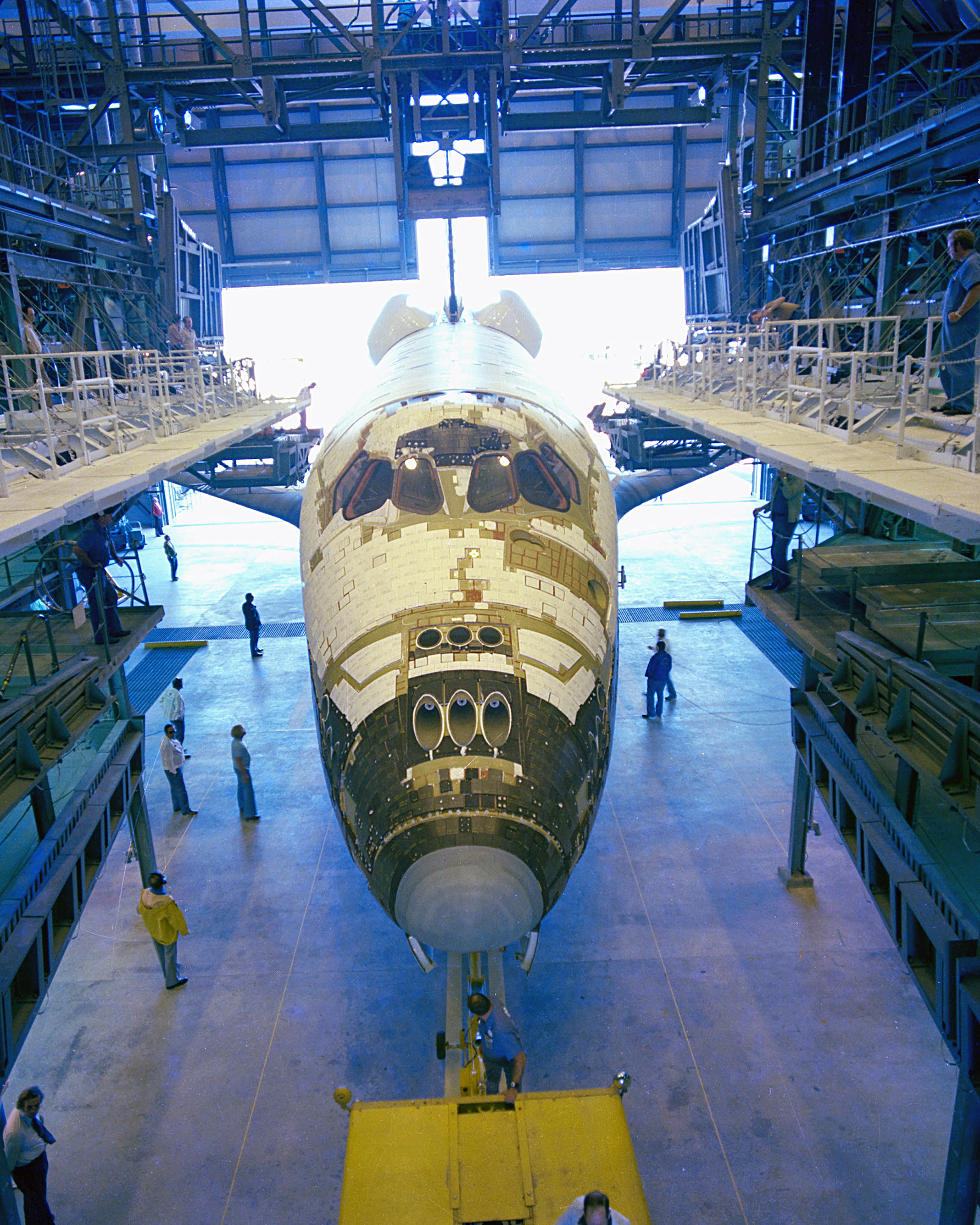|
Soyuz 14
Soyuz 14 (russian: Союз 14, ''Union 14'') was a July, 1974, crewed spaceflight to the Salyut 3 space station. ''Soyuz 14'' is also the name given to the Soyuz spacecraft which was used to bring the cosmonauts to and from the station. The mission was part of the Soviet Union's Almaz program to evaluate the military applications of crew spaceflight. The mission's crew members were cosmonauts Pavel Popovich and Yuri Artyukhin. At the time, the military nature of this mission and the station itself were not acknowledged by Soviet authorities. The flight was the first successful mission to a space station by the Soviets. The mission proved to be the only one for Salyut 3 as Soyuz 15 failed to dock with the station in August 1974 and the station was de-orbited in January 1975. With the American Skylab missions now complete, the flight marked the start of the monopoly of crewed space activities by the Soviets until the 1981 launch of STS 1, the first Space Shuttle flight, save ... [...More Info...] [...Related Items...] OR: [Wikipedia] [Google] [Baidu] |
Salyut 3
Salyut 3 (russian: Салют-3; en, Salute 3; also known as OPS-2 or Almaz 2Portree (1995).) was a Soviet Union, Soviet space station launched on 25 June 1974. It was the second Almaz military space station, and the first such station to be launched successfully. It was included in the Salyut program to disguise its true military nature.Hall and Shayer (2003). Due to the military nature of the station, the Soviet Union was reluctant to release information about its design, and about the missions relating to the station.Zimmerman (2003). It attained an altitude of 219 to 270 km on launchBond (2002). and NASA reported its final orbital altitude was 268 to 272 km. Only one of the three intended crews successfully boarded and manned the station, brought by Soyuz 14; Soyuz 15 attempted to bring a second crew but failed to dock. Although little official information has been released about the station, several sources report that it contained multiple Earth-observation camer ... [...More Info...] [...Related Items...] OR: [Wikipedia] [Google] [Baidu] |
Soyuz (spacecraft)
Soyuz () is a series of spacecraft which has been in service since the 1960s, having made more than 140 flights. It was designed for the Soviet space program by the Korolev Design Bureau (now Energia). The Soyuz succeeded the Voskhod spacecraft and was originally built as part of the Soviet crewed lunar programs. It is launched on a Soyuz rocket from the Baikonur Cosmodrome in Kazakhstan. Between the 2011 retirement of the Space Shuttle and the 2020 demo flight of SpaceX Crew Dragon, the Soyuz served as the only means to ferry crew to or from the International Space Station, for which it remains heavily used. Although China did launch crewed Shenzhou flights during this time, none of them docked with the ISS. History The first Soyuz flight was uncrewed and started on 28 November 1966. The first Soyuz mission with a crew, Soyuz 1, launched on 23 April 1967 but ended with a crash due to a parachute failure, killing cosmonaut Vladimir Komarov. The following flight was ... [...More Info...] [...Related Items...] OR: [Wikipedia] [Google] [Baidu] |
Vitaly Zholobov
Vitaly Mikhaylovich Zholobov (russian: link=no, Виталий Михайлович Жолобов; born 18 June 1937) is a retired Soviet cosmonaut who flew on Soyuz 21 space flight as the flight engineer. Career Zholobov joined the space programme from the Soviet Air Force where he held the rank of Colonel-engineer. His only trip to space involved a two-month stay on the Salyut 5 space station (Soyuz 21 mission). The flight was scheduled to last for 60 days but lasted for only 49. The reason for the cancellation was the detection of a noxious odor on board. Vitaly Zholobov reported to the Mission Control Center that the smell was similar to that of a propellant which was known to be toxic. The Control Center decided to abort the mission to avoid exposing the crew to further risk and because the research and technology programs were already successfully finished. He was in orbit from 6 June 1976 to 24 August 1976. [...More Info...] [...Related Items...] OR: [Wikipedia] [Google] [Baidu] |
Boris Volynov
Boris Valentinovich Volynov (russian: Бори́с Валенти́нович Волы́нов; born 18 December 1934) is a Soviet cosmonaut who flew two space missions of the Soyuz programme: Soyuz 5, and Soyuz 21. Following the death of Alexei Leonov in October 2019, he is the last surviving member of the original group of cosmonauts. He is also considered to be the first Jew in space. Biography Volynov was born in Irkutsk in Siberia, but then his family relocated, and he finished secondary school in Prokopyevsk, Kemerovo Oblast, in 1952. The next year he completed basic pilot training in Pavlodar, Kazakhstan, and in 1955 graduated from an aviation school in Novosibirsk. From September 1961 to January 1968 he studied at the faculty of engineering of the Zhukovsky Air Force Engineering Academy and graduated with a diploma of a pilot-engineer-cosmonaut. Later in 1980 he defended a PhD at the same academy. After resigning from the space program in 1982, he spent eight years as ... [...More Info...] [...Related Items...] OR: [Wikipedia] [Google] [Baidu] |
Lev Dyomin
Lev Stepanovich Dyomin (; 11 January 1926 – 18 December 1998) was a Soviet cosmonaut who flew on the Soyuz 15 spaceflight in 1974. This spaceflight was intended to dock with the space station Salyut 3, but the docking failed. Biography Dyomin was born in Moscow. He gained a doctoral degree in engineering from the Soviet Air Force Engineering Academy and the rank of Colonel in the Soviet Air Force. Aged 48 at the time of his flight on Soyuz 15, he was the oldest cosmonaut up to that point as well as the first grandfather to go into space. He remained in the program until leaving in 1982 to pursue deep-sea research. Dyomin died of cancer, in Zvyozdny Gorodok, in 1998. He was awarded: *Hero of the Soviet Union *Pilot-Cosmonaut of the USSR *Order of Lenin *Order of the Red Banner of Labour *Medal "For Battle Merit" *Medal "For the Development of Virgin Lands" The Medal "For the Development of Virgin Lands" (russian: Медаль «За освоение целинных зе ... [...More Info...] [...Related Items...] OR: [Wikipedia] [Google] [Baidu] |
Gennady Sarafanov
Gennady Vasiliyevich Sarafanov (; 1 January 1942 – 29 September 2005) was a Soviet cosmonaut who flew on the Soyuz 15 spaceflight in 1974. This mission was intended to dock with the space station Salyut 3, but failed to do so after the docking system malfunctioned. Sarafanov was born in Sinenkiye, Saratov Oblast, USSR. He graduated from the Soviet Air Force academy and held the rank of Colonel. He made a single spaceflight before resigning from the space programme in 1986 and subsequently lectured on technology. He died in Moscow, Russia. He was awarded: * Hero of the Soviet Union * Pilot-Cosmonaut of the USSR * Jubilee Medal "In Commemoration of the 100th Anniversary since the Birth of Vladimir Il'ich Lenin" * Medal "For Distinction in Guarding the State Border of the USSR" * Medal "For the Development of Virgin Lands" The Medal "For the Development of Virgin Lands" (russian: Медаль «За освоение целинных земель», Medal' "Za osvoyeniye t ... [...More Info...] [...Related Items...] OR: [Wikipedia] [Google] [Baidu] |
Apollo–Soyuz
Apollo–Soyuz was the first crewed international space mission, carried out jointly by the United States and the Soviet Union in July 1975. Millions of people around the world watched on television as a United States Apollo spacecraft docked with a Soviet Soyuz capsule. The project, and its handshake in space, was a symbol of détente between the two superpowers during the Cold War. The mission was officially known as the Apollo–Soyuz Test Project (ASTP; russian: Экспериментальный полёт «Союз» – «Аполлон» (ЭПАС), translit=Eksperimentalniy polyot Soyuz–Apollon (EPAS), lit=Experimental flight Soyuz-Apollo, and commonly referred to in the Soviet Union as Soyuz–Apollo; the Soviets officially designated the mission as Soyuz 19). The unnumbered American vehicle was left over from the canceled Apollo missions, and was the last Apollo module to fly. The three American astronauts, Thomas P. Stafford, Vance D. Brand, and Deke Slayton, ... [...More Info...] [...Related Items...] OR: [Wikipedia] [Google] [Baidu] |
Space Shuttle
The Space Shuttle is a retired, partially reusable low Earth orbital spacecraft system operated from 1981 to 2011 by the U.S. National Aeronautics and Space Administration (NASA) as part of the Space Shuttle program. Its official program name was Space Transportation System (STS), taken from a 1969 plan for a system of reusable spacecraft where it was the only item funded for development. The first ( STS-1) of four orbital test flights occurred in 1981, leading to operational flights ( STS-5) beginning in 1982. Five complete Space Shuttle orbiter vehicles were built and flown on a total of 135 missions from 1981 to 2011. They launched from the Kennedy Space Center (KSC) in Florida. Operational missions launched numerous satellites, interplanetary probes, and the Hubble Space Telescope (HST), conducted science experiments in orbit, participated in the Shuttle-''Mir'' program with Russia, and participated in construction and servicing of the International Space Station (ISS ... [...More Info...] [...Related Items...] OR: [Wikipedia] [Google] [Baidu] |
STS 1
STS, or sts, may refer to: Medicine * Secondary traumatic stress, a condition which leads to a diminished ability to empathize * Sequence-tagged site, a gene-reference in genomics * Soft-tissue sarcoma * Staurosporine, an antibiotic * STS (gene), which codes for steroid sulfatase * Superior temporal sulcus Places * Semipalatinsk Test Site for Soviet nuclear weapons * Staffordshire, county in England, Chapman code Transport * Cadillac STS, a luxury car * NASA Space Transportation System, the system in which the NASA shuttle is part of and only surviving component of; starting as a 1969 NASA proposal system for reusable space vehicles ** NASA Space Shuttle program, the shuttle program itself, whose mission were referred to with STS-numbering * Sail training ship, a ship prefix * Satellite Transit System, now called the SEA Underground, airport transit in Seattle-Tacoma International Airport * Ship-to-ship transfer, between seagoing ships * '' Société de transport de Sherbrook ... [...More Info...] [...Related Items...] OR: [Wikipedia] [Google] [Baidu] |
Skylab
Skylab was the first United States space station, launched by NASA, occupied for about 24 weeks between May 1973 and February 1974. It was operated by three separate three-astronaut crews: Skylab 2, Skylab 3, and Skylab 4. Major operations included an orbital workshop, a solar observatory, Earth observation, and hundreds of experiments. Unable to be re-boosted by the Space Shuttle, which was not ready until 1981, Skylab's orbit eventually decayed, and it disintegrated in the atmosphere on July 11, 1979, scattering debris across the Indian Ocean and Western Australia. Overview Skylab was the only space station operated exclusively by the United States. A permanent station was planned starting in 1988, but funding for this was canceled and replaced with United States participation in an International Space Station in 1993. Skylab had a mass of with a Apollo command and service module (CSM) attached and included a workshop, a solar observatory, and several hundred ... [...More Info...] [...Related Items...] OR: [Wikipedia] [Google] [Baidu] |
United States
The United States of America (U.S.A. or USA), commonly known as the United States (U.S. or US) or America, is a country primarily located in North America. It consists of 50 U.S. state, states, a Washington, D.C., federal district, five major unincorporated territories, nine United States Minor Outlying Islands, Minor Outlying Islands, and 326 Indian reservations. The United States is also in Compact of Free Association, free association with three Oceania, Pacific Island Sovereign state, sovereign states: the Federated States of Micronesia, the Marshall Islands, and the Palau, Republic of Palau. It is the world's List of countries and dependencies by area, third-largest country by both land and total area. It shares land borders Canada–United States border, with Canada to its north and Mexico–United States border, with Mexico to its south and has maritime borders with the Bahamas, Cuba, Russia, and other nations. With a population of over 333 million, it is the List of ... [...More Info...] [...Related Items...] OR: [Wikipedia] [Google] [Baidu] |
Astronaut
An astronaut (from the Ancient Greek (), meaning 'star', and (), meaning 'sailor') is a person trained, equipped, and deployed by a human spaceflight program to serve as a commander or crew member aboard a spacecraft. Although generally reserved for professional space travelers, the term is sometimes applied to anyone who travels into space, including scientists, politicians, journalists, and tourists. "Astronaut" technically applies to all human space travelers regardless of nationality. However, astronauts fielded by Russia or the Soviet Union are typically known instead as cosmonauts (from the Russian "kosmos" (космос), meaning "space", also borrowed from Greek). Comparatively recent developments in crewed spaceflight made by China have led to the rise of the term taikonaut (from the Mandarin "tàikōng" (), meaning "space"), although its use is somewhat informal and its origin is unclear. In China, the People's Liberation Army Astronaut Corps astronauts and ... [...More Info...] [...Related Items...] OR: [Wikipedia] [Google] [Baidu] |




.jpg)
.jpg)